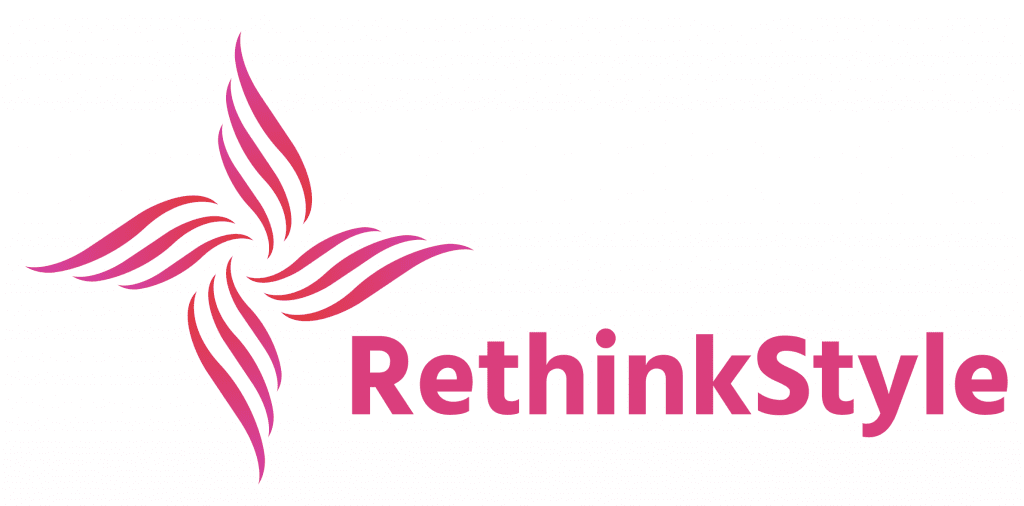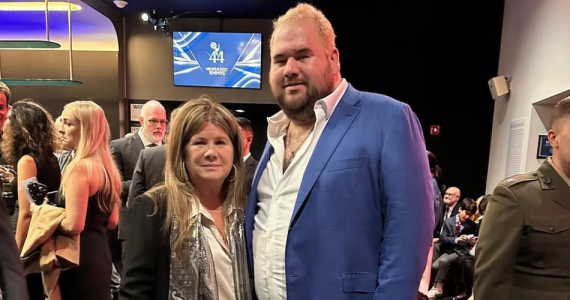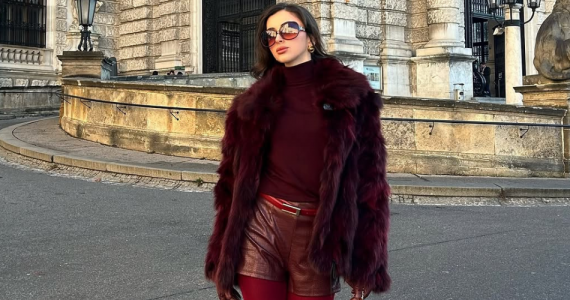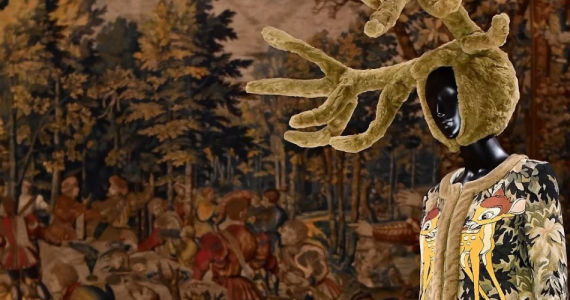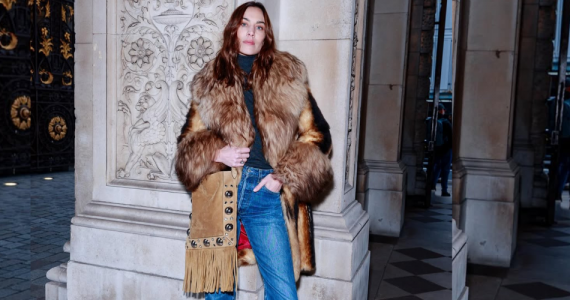For centuries, fashion and trends have mirrored the times, reflecting societal shifts, economic climates, and cultural movements. As the 2020s reach their halfway mark, this decade has already seen dramatic transformations—shaped by a global pandemic, political shifts, and an increased focus on sustainability and comfort.
The way people dress today is a direct response to these influences, combining practicality with a desire for self-expression.
How the Pandemic Reshaped Everyday Fashion
The early 2020s were defined by an unprecedented event – the COVID-19 pandemic. With lockdowns forcing people indoors, fashion took a turn toward comfort. Loungewear, oversized silhouettes, and athleisure became the go-to wardrobe choices. Elastic waistbands, relaxed fits, and slip-on footwear became essential.
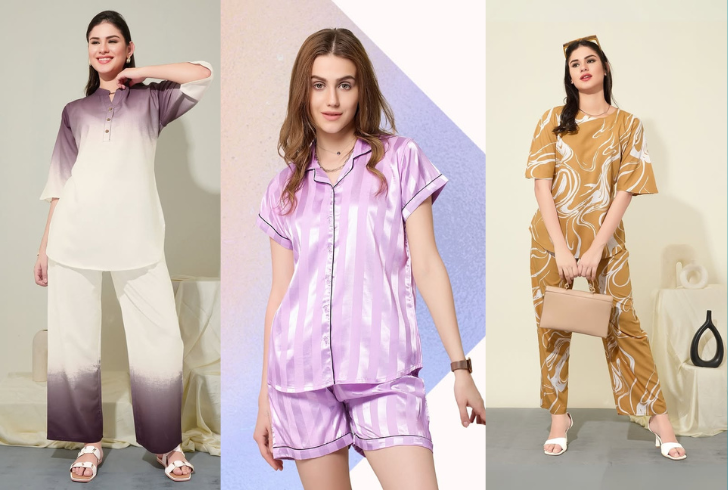
Even as restrictions were lifted, the influence of this shift persisted. Wide-leg jeans, oversized blazers, and relaxed tailoring now dominate wardrobes, bridging the gap between comfort and style. According to fashion stylist Helen Seamons, the trend toward looser fits was a direct response to life returning to normal while maintaining the ease that people had grown accustomed to.
The Rise of Hybrid Dressing
Remote work culture led to a new way of dressing—blending professional and casual styles. A polished blazer paired with sweatpants or structured shirts styled with denim became common. Virtual meetings required a professional upper half, while comfort reigned below the camera frame. This half-and-half dressing influenced fashion trends well beyond work-from-home setups, shaping how people dress for everyday life.
Retail data supports this shift. A leading fashion retailer reported that searches for relaxed denim and oversized fits surged by 700% in just a year. Brands adapted quickly, ensuring their collections reflected this demand.
From Footwear to Accessories
The need for comfort extended beyond clothing and into footwear choices. Ballet flats, once a classic, returned with modern updates. Designer Peter Mulier’s embellished ballet flats sparked renewed interest, leading to a 1,040% increase in online searches for similar styles. Alongside this, practical shoes such as platform clogs, sporty sandals, and sleek sneakers gained popularity, blending function with fashion.
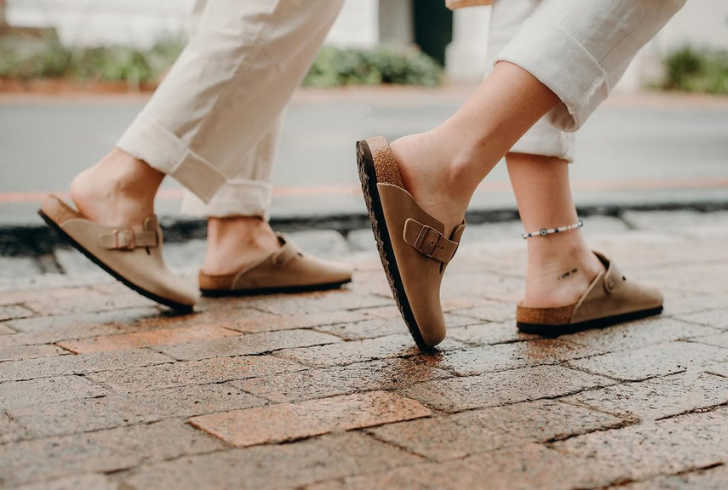
Accessories also adapted to the evolving lifestyle. Crossbody bags, spacious totes, and stylish yet functional carriers became wardrobe staples. A simple, structured handbag became a status symbol, whether it was a designer piece or an affordable alternative from a high-street brand.
The Shift in Workwear and Power Dressing
With traditional office environments changing, workplace attire saw a major transformation. Business casual took on a new meaning, moving away from rigid dress codes. Tailored trousers replaced denim for younger generations, while oversized blazers became a key element of modern power dressing.
According to market research, the oversized blazer trend gained momentum, with demand rising by 618%. Whether from luxury designers or high-street brands, these statement pieces symbolized authority while maintaining an effortless appeal.
Even public figures embraced the trend. The Princess of Wales, known for her polished style, subtly transitioned into less structured professional wear, blending high-end and accessible fashion to project a relatable yet refined image.
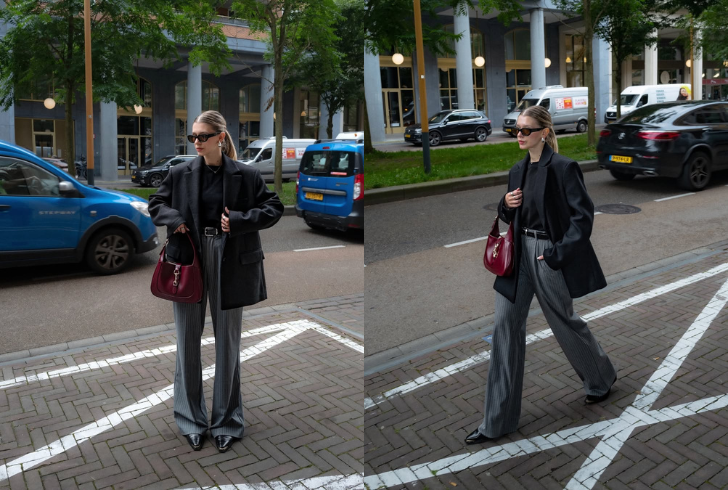
Fashion’s Playful and Nostalgic Side
Despite a focus on comfort and practicality, fashion has also leaned into bold, expressive trends. Sheer fabrics, corsets, mini skirts, and vintage-inspired styles have made a strong comeback. The resurgence of early 2000s fashion—often referred to as Y2K style—brought back bubble hems, low-rise jeans, and vibrant hues.
Social media has played a major role in accelerating these trend cycles. A viral TikTok moment can spark demand for a particular style, pushing brands to adapt quickly. However, this fast-paced trend turnover has also led to concerns about sustainability and the longevity of fashion movements.
What’s Next for 2020s Fashion?
The remainder of the decade is expected to continue blending comfort with statement fashion. Classic workwear will likely be redefined further, while playful trends and nostalgic influences will evolve.
One thing remains certain – fashion will continue to reflect the world’s social, political, and economic shifts. Whether through timeless tailoring, expressive statement pieces, or casual everyday wear, the way people dress in the 2020s tells a story of adaptation, individuality, and change.
